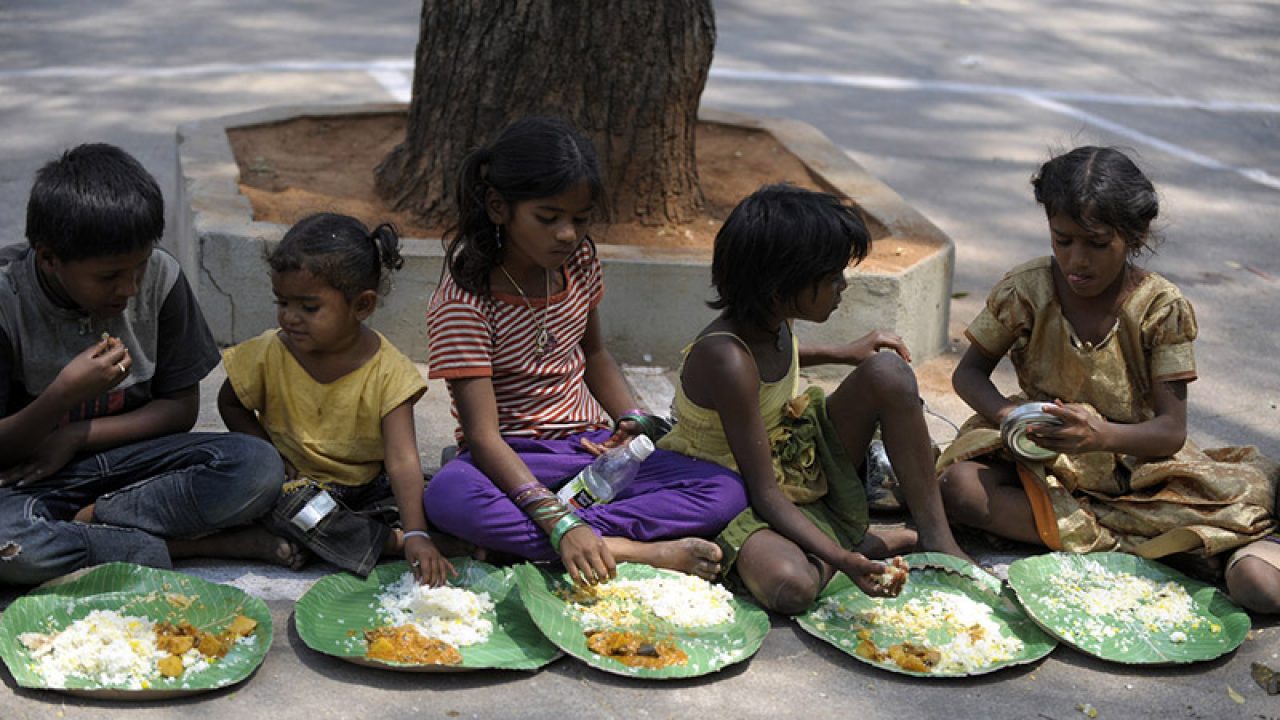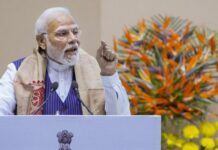According to the Global Hunger Index report of last week, India’s rank slips to 107 out of 121 nations. What happened to a country rated by global economists as the fastest-growing economy in the world? India has been performing with a growth rate more than six-percent.
As per the report, India as Asia’s third-largest economy fared worse than other South Asian countries such as Pakistan, Nepal, Bangladesh and Sri Lanka. This was the third straight year in which India’s ranking on the scale fell, from its previous rank 101 in 2021, and 94 in 2020.
The GHI report, jointly published by German-based Welthungerhilfe and Dublin-based Concern Worldwide, which ranks countries by “severity”, gave India a score of 29.1 a hunger level falling under the “serious” category.
The calculation index has five levels of hunger under which each country falls – low, moderate, serious, alarming and extremely alarming.
As per 2021 data, approximately 17% of India’s population was undernourished. India is home to the second-largest population in the world at 1.4 billion people, second only to China. “South Asia has the highest child stunting rate and by far the highest child wasting rate of any world region,” the report said, adding India’s child wasting rate of 19.3 percent was the “highest of any country” in the world.
According to WHO, child wasting is when a person is too thin for his or her height, as a result of failing to gain weight or, suffering from rapid weight loss.
Government of India has issued a statement criticizing the report for using an “erroneous measure of hunger”, adding,“it suffers from serious methodological issues using three out of four indicators, which do not represent the entire population”.
However, point to note is, the calculations are based on data supplied by the Indian government and also by the non-government agencies.
With the present situation of the world, it is likely to worsen in the face of the current overlapping global crises; global conflicts, catastrophes due to climate change and the economic fallout of the COVID-19 pandemic, all of which are powerful drivers of hunger.
The war in Ukraine has further increased global food, fuel, and fertilizer prices, and can potentially contribute to food shortages worldwide.
India being Asia’s third largest economy with continued upward growth indicators in recent years, why does it then fare poorly in UN human development and hunger indices? One of the major reasons is the stark inequality with the top 10-percent of the population holding nearly 80-percent of total national wealth. A nation’s wealth and infrastructure when not equally distributed, data collected by international agencies will always reflect such reports.
With more than 20% of India’s population not having access to basic health and education, hunger index will always show these discrepancies. India has a gross domestic product (GDP) of $3.46 trillion and moving towards $5 trillion economy.
The initiatives taken by the present government in India in regards to infrastructure development especially connecting to rural areas, building highways, improving health and education facilities will definitely change India’s landscape.







